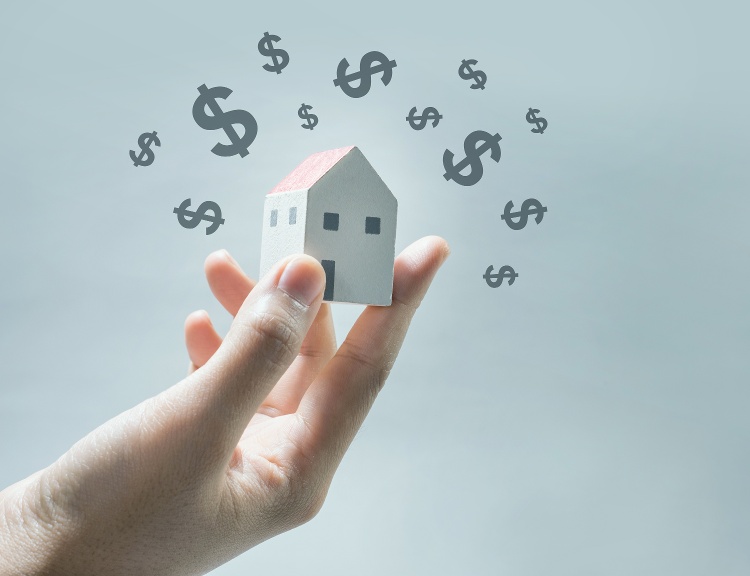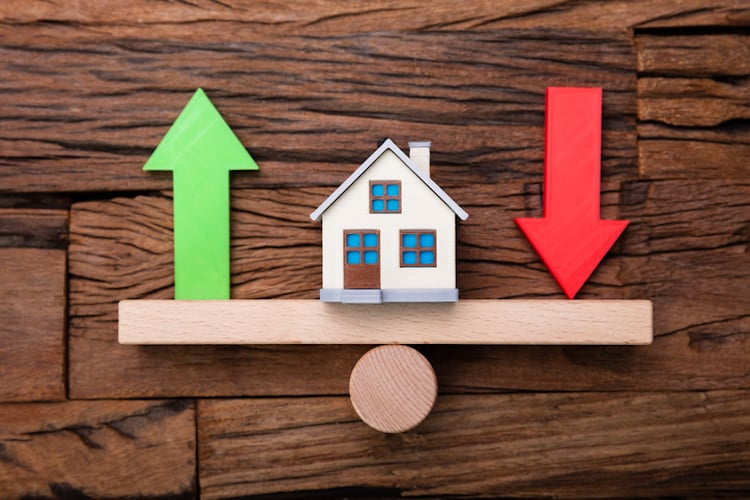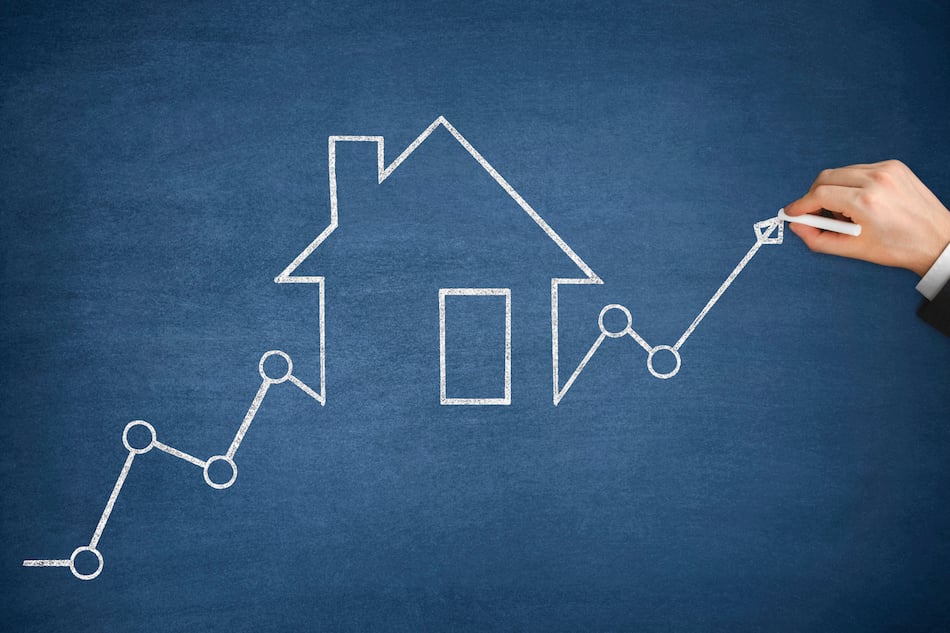Most real estate investors are familiar with the concept of appreciation, which means that property values may increase over time. However, there are several ways that rental property owners may be able to speed-up or “force” potential appreciation.
Key Takeaways
- There are three types of appreciation: Rent, Market, and Forced Appreciation.
- Of these three methods, forced appreciation is used by real estate investors to proactively increase net operating income and boost property values.
- Forced appreciation can be created by generating additional income streams, by reducing operating expenses, or a combination of both.
- Identifying opportunities for forced appreciation requires time, but can be worth the extra effort in the long run.
What is Forced Appreciation?
Let’s begin by looking at the three main types of property appreciation: rent appreciation, market appreciation, and forced appreciation:
Rent Appreciation
The first way that investment property values can appreciate is from an increase in rents. This strategy is more typical for commercial properties (5+ unit multifamily properties and retail buildings) than residential properties (1-4 units), as commercial property is valued based on market capitalization rates. The capitalization rate (cap rate) formula illustrates how rent appreciation works:
Cap Rate = Net Operating Income (NOI) / Property Price of Value
Assume that a property currently generates an NOI of $18,000 per year and investors are seeking a 6% return or cap rate. The value of the property would be calculated by dividing the NOI by the cap rate:
- $18,000 NOI / 6% Cap Rate = $300,000 Property Value
For each of the next three years, the NOI increases by 3% by raising the rent to match inflation. At the end of three years, the NOI would be $19,669. Assuming investors are still seeking a 6% return, the property valuation based on rent appreciation would be:
- $19,669 NOI / 6% Cap Rate = $327,818 Property Value after Three Years
Of course, rents do not always increase year-over-year, and some investors look for a bigger return. If the rent remains the same or goes down, or investors seek a higher cap rate, the property value could decline.
Market Appreciation
The second way that property prices can appreciate is through normal market appreciation, also known as natural appreciation. As long as an owner keeps a property well-maintained, the value will generally increase at the same rate that similar properties in the same neighborhood do.
As an example of market appreciation, Zillow reports that the typical value of a single-family home in the U.S. is $339,000 as of June 2021. This represents an increase of 42.4% from the price of single-family homes five years ago, and 15.0% over the past year alone. Zillow forecasts that over the next 12 months home values will grow by another 13.2%.
While some investors buy real estate and hope that market appreciation will rise, that strategy can end up being a risky gamble.
For example, the Federal Reserve reports that during the last recession of 2007 – 2009, the median sales price of houses in the U.S. declined by nearly 26%.
Investors who purchased a home at the top of the market and paid a conservative 25% down payment would have seen all of their equity erased in 24 months. During that period, many people lost their homes to short-sales or foreclosures.
Nonetheless, buy-and-hold real estate investors who focused on long-term appreciation saw home prices slowly but surely rebound. Between 2009 and 2021, single-family home prices have increased by almost 67%.
Forced Appreciation
Rent and market appreciation are passive activities. In other words, rent appreciation occurs because of inflation and market appreciation happens because the values of similar properties also rise.
On the other hand, forced appreciation occurs when a real estate investor proactively increases the value of an investment property. An investor can force appreciation by increasing rental income, increasing property value, or a combination of both.

Increasing Rental Income
By running rent comparables, an investor can analyze if the existing rent is below market.
When a lease comes up for renewal, raising rent to the going market rate can force appreciation, because any additional income gained from a rent increase also increases the NOI, assuming operating expenses don’t also increase.
While periodically comparing a property’s rent to the rent of similar homes is a good business practice, the rent is usually increased by just a few percent. However, an investor may be able to significantly increase the rental income by adding more rentable square footage to the home:
- Turn an oversized bedroom or playroom into an additional bedroom. Even if the square footage of the home remains unchanged, tenants are often willing to pay a higher total rent for a property with an extra bedroom.
- Convert an attic, basement, or garage into extra living space. Renovations like these increase the amount of rentable square footage in a home and the NOI the property generates each month.
- For example, assume a 1,500 square foot home rents for $1 per square foot per month. By turning a 200 square foot garage into livable space an investor may be able to increase the home’s monthly rent from $1,500 a month to $1,700 per month.
- Add a tiny house to the backyard. According to Realtor.com, tiny homes are between 100 and 400 square feet, so they’re more like a mother-in-law suite or a studio apartment. While there are costs such as construction and utilities to consider, building a new unit to rent out can significantly increase gross rental income and cash flow.
Increasing Property Value
Other ways to force appreciation by increasing property value include:
- Improving curb appeal by making prospective tenants want to rent before they even walk into the home. First impressions can be formed within seconds, so having a pleasing front yard and well-maintained exterior can go a long way to convincing tenants to pay higher rents.
- Adding bedrooms and bathrooms can change the value of a home, because property values are based on other similar properties. A real estate agent or property manager can create a comparative market analysis (CMA) to estimate the value of the home with an extra bedroom or bathroom to compare the renovation cost to the potential increase in property value.
- Renovating a single-family fixer-upper home while living there can also be a good way to force appreciation. Financing a primary residence usually means a lower down payment and better interest rates, and an investor can take more time making any needed repairs. After the work is done and any mortgage restrictions prohibiting using the property as a rental expire, the property can generate cash flow and potentially increase the property value.

Benefits and Drawbacks of Forced Appreciation
As we’ve seen from the above examples, forced appreciation can create a surge in property value over a fixed period of time. However, there are also some drawbacks to understand about forced appreciation as well:
Benefits of Forced Appreciation
- It can be a quick and relatively easy way to increase property value.
- Cash flow can significantly increase through forced appreciation as well.
- There can be less competition from other real estate investors.
Drawbacks to Forced Appreciation
- Additional time and effort is required to analyze potential opportunities for forced appreciation. That’s one reason why many investors hire a property manager to assist with the day-to-day operations of managing a rental home to allow more time for focusing on the big picture.
- Forced appreciation is usually a one time benefit, after which appreciation occurs at a normalized pace provided rents are raised to market value each year and operating expenses are controlled.
- Not every rental property is a candidate for forced appreciation. If an investor is purchasing a single-family rental property where the seller already forced appreciation, there may be little room remaining for the new owner to force additional appreciation.
Wrapping Up
Forced appreciation occurs when a real estate investor proactively increases cash flow and property value by raising the rent to market, identifying additional opportunities for generating income, and wisely managing property operating expenses. However, forced appreciation can’t be created in every rental property. Extra time and effort is required to identify properties offering the best potential opportunities for forced appreciation in real estate.









